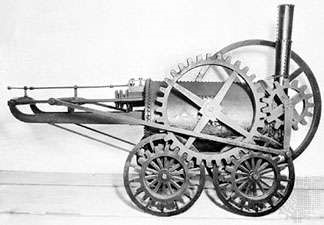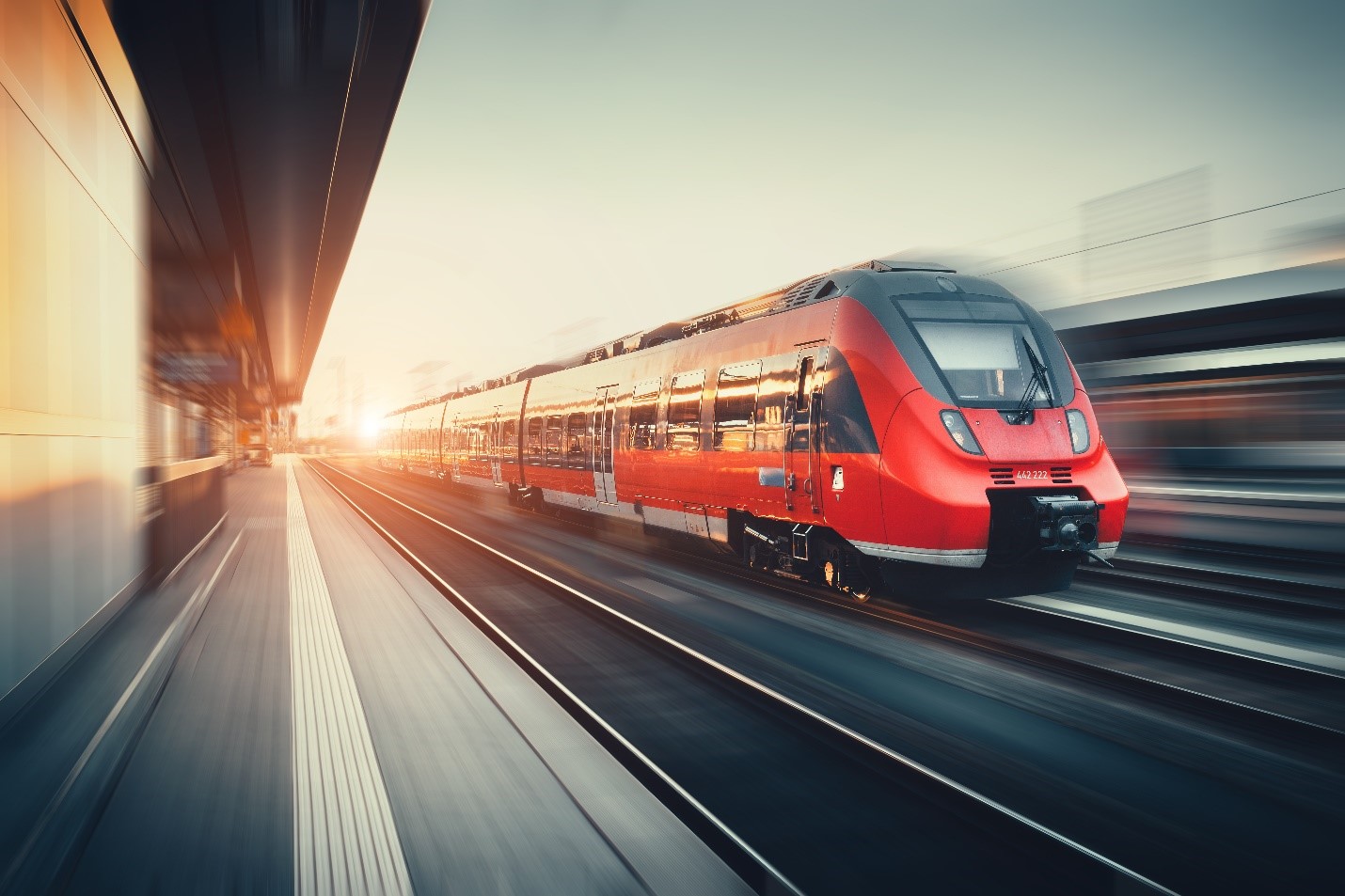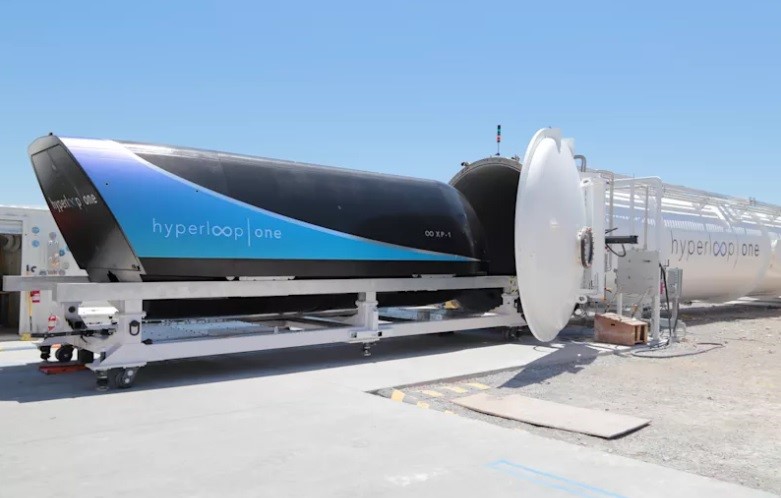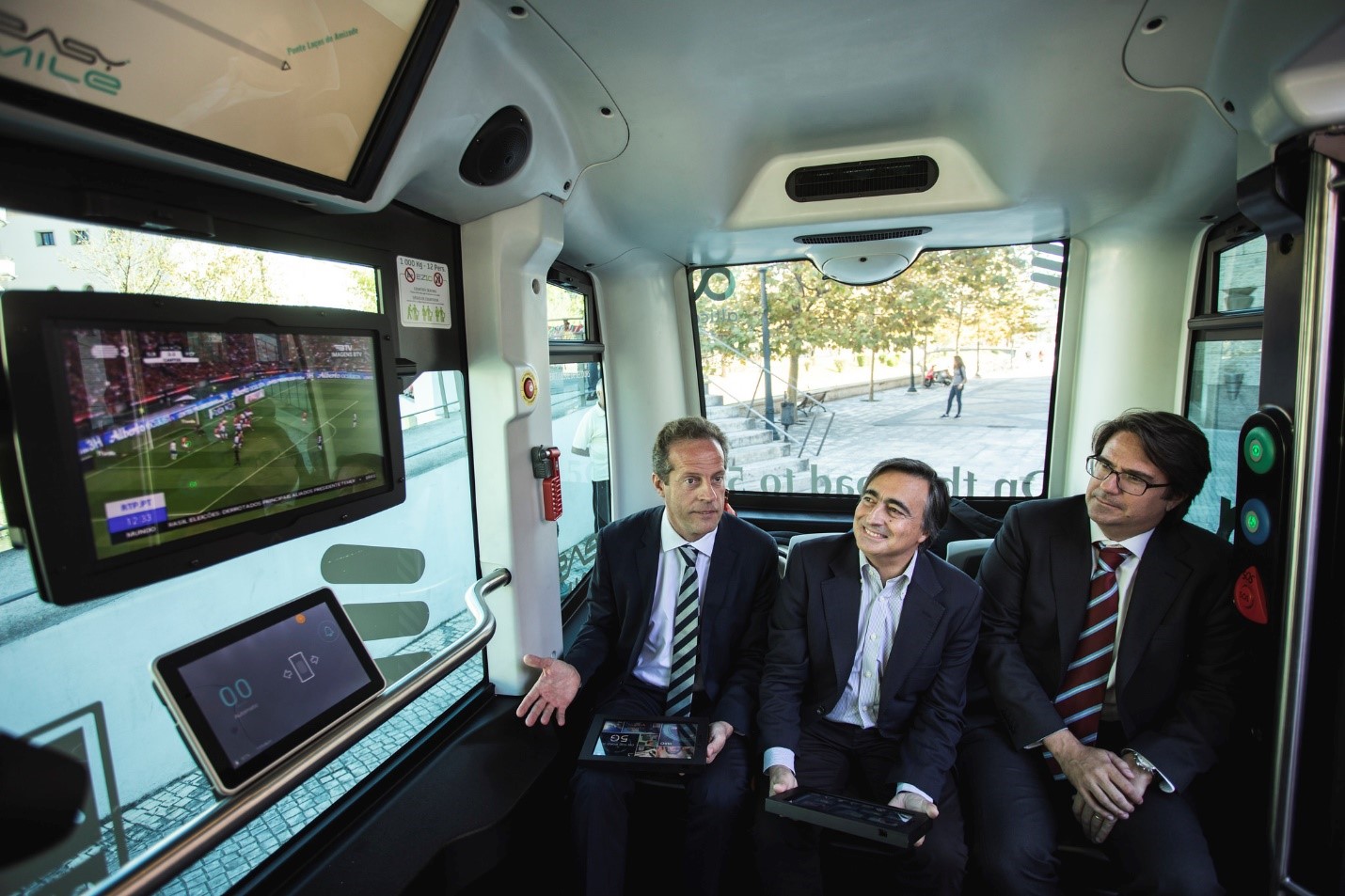How IoT (Internet of Trains) Build the Future Smart Trains?
The first full-scale working railway steam locomotive was built in the United Kingdom in 1803. On February 21, 1804, that engine won a wager by hauling a load of 10 tons of iron and 70 men along 10 miles of tramway.

The first steam locomotive built by Richard Trevithick in the UK in 1804
In 1825 George Stephenson's Stockton and Darlington Railway, was the world’s first passenger railway. The line opened on 26 September, 1825, and the following day hauled 31 carriages carrying 550 passengers.
Fast forward 200 years later and we can see trains have come a long way in terms of design, speed, comfort and ability to carry freight and passengers over great distances.

So what does the future hold for the further development of trains? We’ve already seen high speed trains that run on dedicated lines. This has significantly reduced travel time and cost over long distances compared to air travel which was traditionally the only feasible option. Maglev (Magnetic Levitation) trains are now in operation removing the need for traditional steel rail lines allowing frictionless travel at high speeds. There’s also talk of driverless trains coming into operation. Finally, Eion Musk is looking to break the mold completely and catapult people to their destination in a vacuum with a commercially viable hyperloop system.

If we were to sum up the development of trains and the prediction of the way they will run and operate in the future, we’d probably all agree that making things more efficient has been and will be the way forward. Of course it also goes without saying that safety shouldn’t be sacrificed in the process. By improving efficiency train operators can deliver a better customer experience, improve safety, reduce downtime, and keep trains running on time.
So how can this efficiency be achieved and implemented and how can it be managed long term? The short answer is through technology. Thanks to the Internet, wireless networks and a collection of sensors, we can keep an eye on what is happening on a train or on the tracks. There’s a name for this kind of monitoring system and for the last few years it’s been a bit of a buzzord; IoT, or the Internet of Things.

IoT is not a new concept for the rail industry; elements of IoT are integrated into every modern train with multiple control units managing technical systems while communicating with each other. Examples include the mechanical and electrodynamic brake system, and the train control unit as a ‘master’ of the information infrastructure in a train. This is true for both train and track based systems.
Nowadays, the railway industry is in a position to take advantage of opportunities created by IoT and enable communication technologies under the new term of ‘Internet of Trains.’
However, it hasn’t quite worked out the way that many would envisage IoT to look and function. Cyient published a White Paper earlier this year titled, ‘Improving Rail Safety And Reliability Through IoT; How The Internet Of Things Can Take New And Legacy Railway Systems To The Next Level.’ The report outlines some key issues in the implementation of current IoT infrastructure and some ideas on where IoT could be implemented to improve reliability and safety.
The goal of IoT is to capture data and leverage it to gain insights into how systems are operating and to help predict where problems may arise. In the past, the focus has been on the function of the individual sub-systems. This lead to the following consequences;
1. Sensors were deployed sparingly, only as far as necessary for the individual system function.
2. Data collection acted only as a support for maintenance crews for fault-finding purposes.
3. Only recently have trains begun collecting and communicating information to the wayside for further use.
4. Flexibility and the possibility for upgrades have been neglected. This makes addition of an intelligent system on a train—or even a few additional sensors—an effort-intensive exercise for integration and (re-)certification.
Some areas where a further investigation for IoT-based solutions might be fruitful to improve reliability and safety include:
1. Monitoring of failure-prone systems on locomotives, such as the engine or electrical systems.
2. Supervision of mechanical systems such as running gear and track. Identifying where problems arise on the track could significantly improve safety.
3. Train doors could be monitored to see if they are properly closed. However, this would require operational changes as well, since passengers often leave doors open or even cling to the outside of the train in case of overloaded trains.
4. Warning systems (light/acoustic) in case a train nears areas which are prone to accidents with people crossing the tracks.
5. Monitoring of bridges regarding material stress or dynamic behavior to detect changes indicating future failure.
6. Monitoring the speed of trains by GPS-driven speed measurements. Evaluating the speed profiles to validate the adherence of drivers to speed limits, but also to have real time train location to optimize traffic.
The key challenges rail operators face with new trains is designing them to be future proof and flexible enough to adopt new IoT technology as it’s developed. For existing fleet trains, it may seem like an enormous operation to upgrade and implement such systems, especially given the long service life of a train. Operators can’t simply replace the train; they need to work with what they have.
For existing trains and infrastructure, the advice is to look at what the most common problems are that arise and to start with those systems. Sensors can be placed on the systems to monitor and make sense of the data and be used to improve the efficiency of maintenance. Gradually, as more IoT systems come on line, operators can start leveraging the data across the entire spectrum to provide insights and better plan maintenance schedules, reduce downtime, improve customer experience and reduce overall costs of operation.
For example, something as simple as the time taken to open and close a train door can cost time and money when calculated over the period of a year and taking into account the sheer number of times the door opens and closes in a single day. If an operator can better understand why a train door sticks, or doesn’t close fully, and how that may be connected or affected by other systems on the train, the savings can run into the millions.
CONTACT US
TUMA provides sliding rail systems and solutions suitable for the train industry. Selected products can also accommodate wiring and sensors for IoT systems. If you’d like more information, please contact us or one our distributors in your region.
TUMA provides sliding rail systems and solutions suitable for the train industry. Selected products can also accommodate wiring and sensors for IoT systems. If you’d like more information, please contact us or one our distributors in your region.
Back


